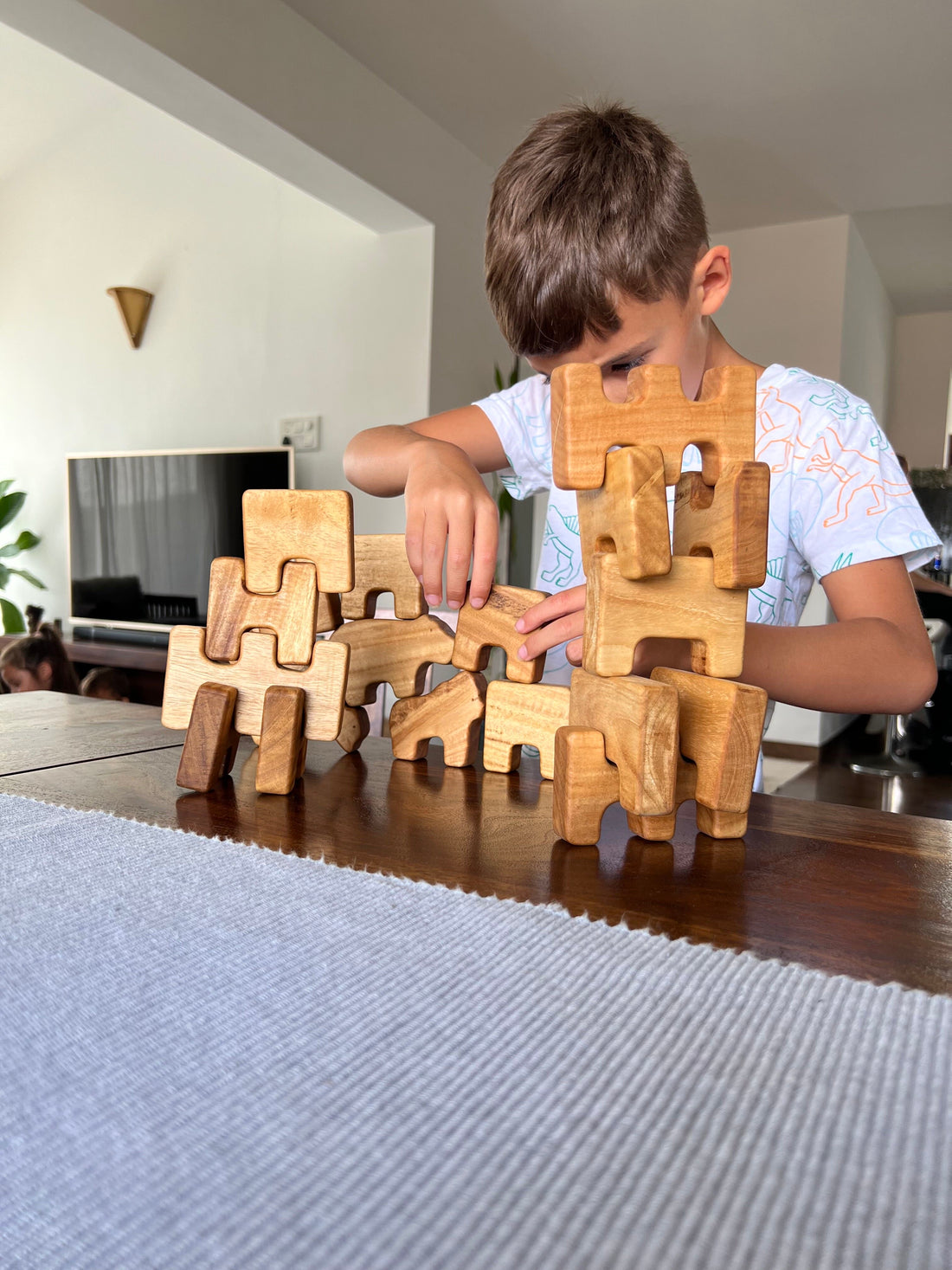A Shift in Consumer Consciousness
In recent years, many of us have become increasingly conscious of our environmental impact. Consequently, our shopping habits are transforming. Not only are we considering the aesthetics and functionality of the products we buy, but also their ecological footprint. And so, in the realm of children's toys, a significant shift towards eco-friendly options is evident. Among these options, wooden toys have risen to prominence and have quickly become the eco-conscious choice for parents and gift-givers alike.
1. The Biodegradable Nature of Wooden Toys
Firstly and most importantly, wooden toys are biodegradable. Unlike plastic toys, which can linger in landfills for centuries, wooden toys break down naturally. Given enough time, these toys return to the earth, leaving virtually no trace behind. This process not only reduces waste but also lessens the harmful impact on our planet.
2. Renewable Resources in Toy Production
Additionally and crucially, the majority of wooden toys are made from renewable resources like wood from sustainably managed forests. Therefore, when trees are harvested for toy production, new ones are planted in their place. This practice ensures a continuous supply of wood without depleting the earth's natural resources.
3. Reduced Chemical Exposure
Moreover and surprisingly to some, wooden toys often contain fewer chemicals than their plastic counterparts. Many plastics contain toxic substances like phthalates and BPA, which can be harmful to children. On the other hand, wooden toys are frequently treated with non-toxic paints and finishes, ensuring a safer play experience for kids.
4. Energy-Efficient Manufacturing Process
Furthermore and significantly, the production of wooden toys typically requires less energy than that of plastic toys. Plastic production is heavily reliant on fossil fuels and emits a substantial amount of greenhouse gases. Conversely, wooden toy manufacturing is generally more energy-efficient, thereby reducing its carbon footprint.
5. Longevity and Durability
Beyond their eco-friendly manufacturing, wooden toys also boast longevity. Not only are they sturdily built, but they also resist wear and tear more effectively than plastic toys. As a result, they can be handed down from one generation to the next, reducing the need for new toys and, subsequently, conserving resources.
6. Economic Benefits for Local Artisans
Simultaneously and interestingly, the popularity of wooden toys supports local artisans and woodworkers. Many of these toys are handcrafted, allowing consumers to support small businesses. This practice not only sustains local economies but also encourages traditional craftsmanship.
Making the Sustainable Choice
In conclusion, as we strive to create a sustainable future, our choices matter. Opting for wooden toys over plastic ones can make a significant difference in reducing our environmental impact. Not only are these toys eco-friendly, but they also offer safety and durability benefits. And so, by making this simple yet impactful choice, we can ensure a brighter, greener future for our children.
